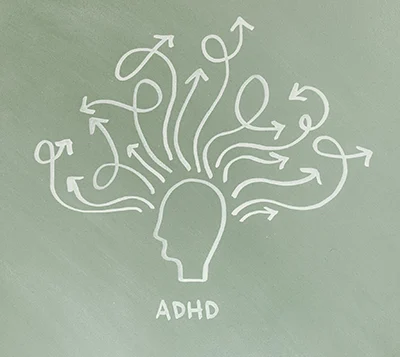Honoring Trauma and Exploring Healing
June is Post-Traumatic Stress Disorder (PTSD) Awareness Month, a time dedicated to recognizing the invisible wounds many carry and expanding conversations about trauma, treatment, and hope. While often associated with veterans and combat trauma, PTSD can affect anyone who has lived through a deeply distressing experience—such as abuse, accidents, natural disasters, or medical emergencies. To honor those who suffer from trauma, understanding that Post Traumatic Stress is not as much a disorder as it is an injury. While diagnosis is necessary under the moniker PTSD, most counselors/therapists consider PTSD as an injury, not a disorder.
As awareness grows, so does our understanding of PTSD’s complexity—including a deeper look at moral injury, advances in evidence-based treatment, and the power of storytelling in healing.
While the goal of this post is to raise PTSD awareness, popular culture is increasingly co-opting terms like PTSD, triggers, and trauma, often applied loosely to everyday stressors rather than clinically significant experiences. This dilution can minimize the severity of true psychological suffering, making it harder for those genuinely affected to be seen, heard, and properly supported.
What Is PTSD?
PTSD is a mental health condition triggered by experiencing or witnessing a traumatic event. Symptoms may include:
- Intrusive memories or flashbacks
- Avoidance of reminders of the trauma
- Negative changes in thinking or mood
- Hyperarousal (irritability, being easily startled, sleep issues)
These symptoms can disrupt daily life, relationships, and the ability to work or feel safe. PTSD does not reflect weakness. It is a normal response to abnormal experiences, and help is available.
Moral Injury: When Trauma Conflicts with Values
Beyond PTSD, many individuals—especially military personnel, healthcare workers, and first responders—experience moral injury. This involves a deep sense of guilt, shame, or betrayal that arises when someone witnesses or participates in actions that violate their moral code or deeply held beliefs and values.
A person experiencing Moral Injury may think that they are “bad” or that they are no longer safe for their family to be around, which is the opposite of the fear-based root of PTSD, where one may believe they are not safe.
For example:
- A soldier who cannot save a civilian
- A soldier who could not save his fellow service member
- A nurse forced to make life-or-death decisions without enough support
- A survivor of abuse who blames themselves for not acting differently
- A mother who is forced to choose between their unborn baby and themself for survival
Unlike PTSD, moral injury centers more on inner conflict and meaning rather than fear. However, both often co-occur, and addressing moral injury can be key to full recovery.
Healing from PTSD: Treatments That Help
While PTSD can feel isolating, effective treatments exist, and recovery is possible.
Evidence-Based Therapies:
- EMDR (Eye Movement Desensitization and Reprocessing):
A highly effective therapy that helps the brain reprocess traumatic memories and reduce emotional intensity. - Cognitive Behavioral Therapy (CBT):
Focuses on identifying and changing negative thought patterns, especially helpful for managing anxiety and self-blame. - Trauma-Focused CBT (TF-CBT):
Adapted for children and adolescents, it helps young people and their caregivers cope with trauma’s aftermath. - Prolonged Exposure Therapy (PE):
Involves gradually confronting trauma-related thoughts and situations in a safe way. - Group and Peer Support:
Sharing experiences with others who understand can foster connection, validation, and community. - Neurofeedback and TMS (Transcranial Magnetic Stimulation):
For some, alternative or complementary treatments help restore brain balance and reduce symptoms. - Trauma-Informed Yoga and Mindfulness:
These holistic practices can support nervous system regulation and reconnect individuals with their bodies.









0 Comments